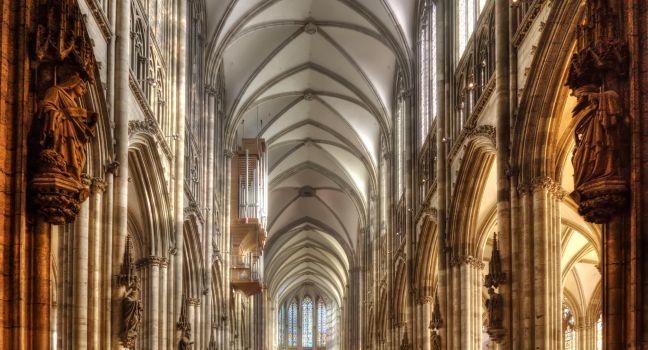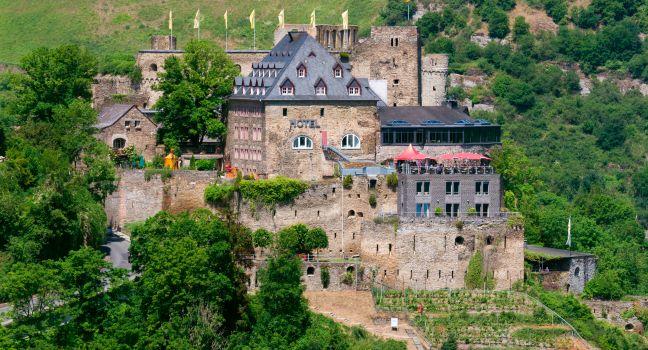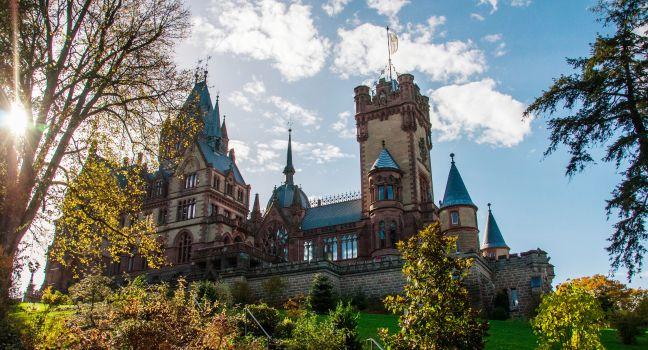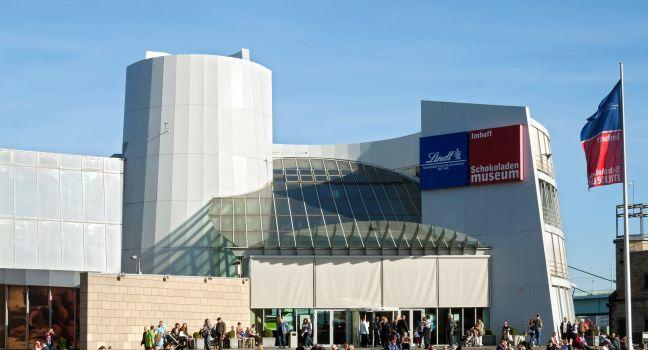Kölner Dom

Cologne's landmark embodies one of the purest expressions of the Gothic spirit in Europe. The cathedral, meant to be a tangible expression of God's kingdom on Earth, was conceived with such immense dimensions that construction, begun in 1248, was not completed until 1880, after the original plan was rediscovered. At 515 feet high, the two west towers of the cathedral were briefly the tallest structures in the world when they were finished (before being eclipsed by the Washington Monument). The cathedral was built to house what are believed to be the relics of the Magi, the three kings who paid homage to the infant Jesus (the trade in holy mementos was big business in the Middle Ages—and not always scrupulous). The size of the building was not simply an example of self-aggrandizement on the part of the people of Cologne, however; it was a response to the vast numbers of pilgrims who arrived to see the relics. The ambulatory (the passage that curves around the back of the altar) is unusually large, allowing cathedral authorities to funnel large numbers of visitors up to the crossing (where the nave and transepts meet and where the relics were originally displayed), around the back of the altar, and out again.
Today the relics are kept just behind the altar, in the original, enormous gold-and-silver reliquary. The other great treasure of the cathedral, in the last chapel on the left as you face the altar, is the Gero Cross, a monumental oak crucifix dating from 971. The Altar of the City Patrons (1440), a triptych by Stephan Lochner, Cologne's most famous medieval painter, is to the right. Other highlights are the stained-glass windows, some dating from the 13th century and another, designed by Gerhard Richter with help from a computer program, from the 21st; the 15th-century altarpiece; and the early-14th-century high altar, with its glistening white figures and intricate choir screens. If you're up to it, climb to the top of the bell tower to get the complete vertical experience (at the time of writing, available by guided tour only from the Domforum at www.domforum.de) but be aware that viewing Cologne from the Dom itself removes the skyline's most interesting feature. The treasury includes the silver shrine of Archbishop Engelbert, who was stabbed to death in 1225.






